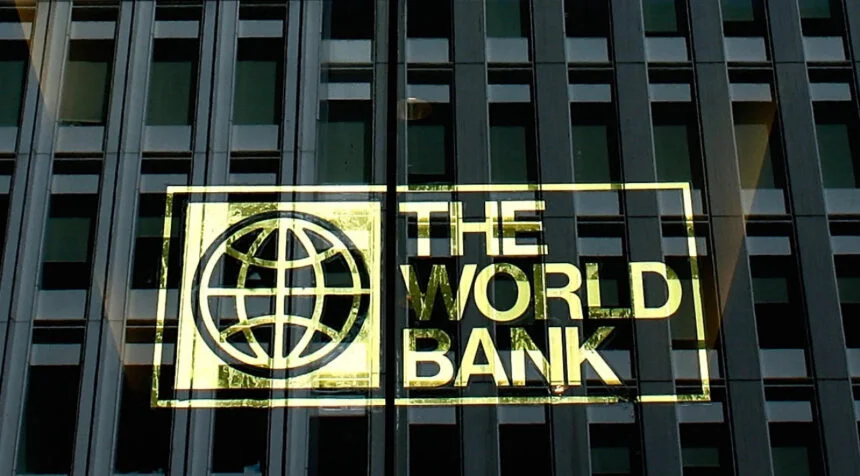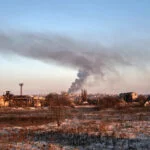In its most recent Worldwide Economic Prospects report, the World Bank Group’s flagship publication, the organisation also forecasted a “sharp, long-lasting decline,” with this year’s projected global growth of 1.7 % compared to the 3 % it expected in June.
It claimed that due to increased inflation, higher interest rates, decreased investment, and disruptions brought on by Russia’s invasion of Ukraine, global GDP was dramatically slowing down.
It is anticipated that overall growth in South Asia will decrease to 5.5% in 2023 and then accelerate up to 5.8% in 2024. This pace, according to the report, ”reflects still robust growth in India, Maldives, and Nepal, offsetting the effects of the floods in Pakistan and the economic and political crises in Afghanistan and Sri Lanka.”
The lending organisation, which has its headquarters in Washington, claimed in the report that Pakistan’s economic output was not only dropping on its own but also lowering the rate of regional growth. It predicted that Pakistan’s GDP growth rate will increase to 3.2 % in 2024, which would still be lower than the earlier prediction of 4.2 %.
It added that the South Asian nation was anticipated to be the fastest-growing major economy in the world. However, growth in India is projected to slow to 6.9 % in FY2022/23, a 0.6 % point downward revision since June, as the global economy and rising uncertainty will weigh on export and investment growth.
In Bangladesh, growth is predicted to decelerate to 5.2% in FY2022/23 (July-June) as a result of growing inflation and its detrimental effects on household incomes and business input costs, as well as energy shortages, import restrictions, and stricter monetary policy.
According to the report, food insecurity is growing in the (South Asian) region because there are more hungry people there than in other emerging and developing nations, more than one-third of the world’s poor live there, and food makes up a larger portion of their diets.
About 15 % of the population was directly impacted, and about one-third of the country’s land area was damaged, resulting in infrastructure damage.
It said that the floods are projected to substantially affect agricultural production, which accounts for 23 % of GDP and 37 % of employment, disrupt the current and forthcoming planting seasons, and force 5.8 million to 9 million people into poverty. “Recovery and reconstruction needs are expected to surpass 1.6 times the FY2022-23 national development budget,” the report stated.












